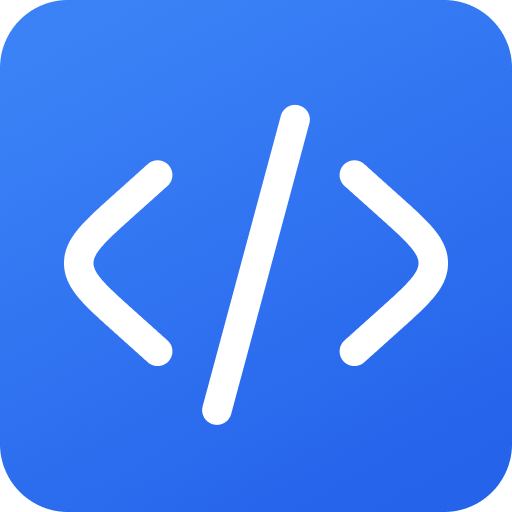The method
Use this prompt before starting a complex optimization task. Paste it directly into the chat interface. Specify the system, goals, and constraints. Refine the prompt by adding more detail about the performance metrics. Use with any LLM.
The prompts
Prompt 1
You are an expert performance optimization strategist. Your goal is to improve the performance of [System Name] by [Specific Goal, e.g., reducing latency, increasing throughput, decreasing resource consumption]. The system operates under the following constraints: [List Constraints, e.g., limited budget, specific hardware, regulatory requirements]. Performance will be measured by [List Performance Metrics, e.g., response time, transactions per second, CPU utilization].
Outline a detailed optimization plan including the following sections:
1. **Problem Definition:** Clearly state the performance issue and its impact on the overall system.
2. **Root Cause Analysis:** Identify the underlying causes of the performance bottleneck. Use data-driven approaches and profiling tools to pinpoint the exact source of the problem.
3. **Optimization Strategies:** Propose a set of optimization strategies to address the root causes. These strategies should be specific, measurable, achievable, relevant, and time-bound (SMART).
4. **Implementation Plan:** Detail the steps required to implement each optimization strategy. Include timelines, resource allocation, and potential risks.
5. **Testing and Validation:** Describe the testing methodology to validate the effectiveness of each optimization strategy. Include metrics, acceptance criteria, and rollback plans.
6. **Monitoring and Maintenance:** Outline a plan for ongoing monitoring and maintenance to ensure sustained performance improvements.
Provide a prioritized list of recommendations with clear justifications for each recommendation.
Outline a detailed optimization plan including the following sections:
1. **Problem Definition:** Clearly state the performance issue and its impact on the overall system.
2. **Root Cause Analysis:** Identify the underlying causes of the performance bottleneck. Use data-driven approaches and profiling tools to pinpoint the exact source of the problem.
3. **Optimization Strategies:** Propose a set of optimization strategies to address the root causes. These strategies should be specific, measurable, achievable, relevant, and time-bound (SMART).
4. **Implementation Plan:** Detail the steps required to implement each optimization strategy. Include timelines, resource allocation, and potential risks.
5. **Testing and Validation:** Describe the testing methodology to validate the effectiveness of each optimization strategy. Include metrics, acceptance criteria, and rollback plans.
6. **Monitoring and Maintenance:** Outline a plan for ongoing monitoring and maintenance to ensure sustained performance improvements.
Provide a prioritized list of recommendations with clear justifications for each recommendation.
Prompt 2
Assume the role of a performance tuning expert. Given the following system characteristics [describe system], optimization targets [describe targets such as reduce latency by x% or increase throughput by y%] and constraints [describe constraints such as hardware limitations, budget or regulations], design a comprehensive performance optimization plan. The plan should include: (1) A detailed analysis of current bottlenecks using tools and techniques, (2) Specific code or configuration changes and detailed explanations of why these changes will improve performance. (3) testing procedures to validate performance gains and (4) a long-term monitoring strategy to prevent performance regressions. Provide supporting examples or pseudo-code wherever possible. Focus on practical, implementable solutions rather than theoretical discussions. Consider various levels of optimization including algorithmic improvements, caching strategies, concurrent processing, and low-level system tuning. Your analysis should cover potential tradeoffs between different optimization choices.
